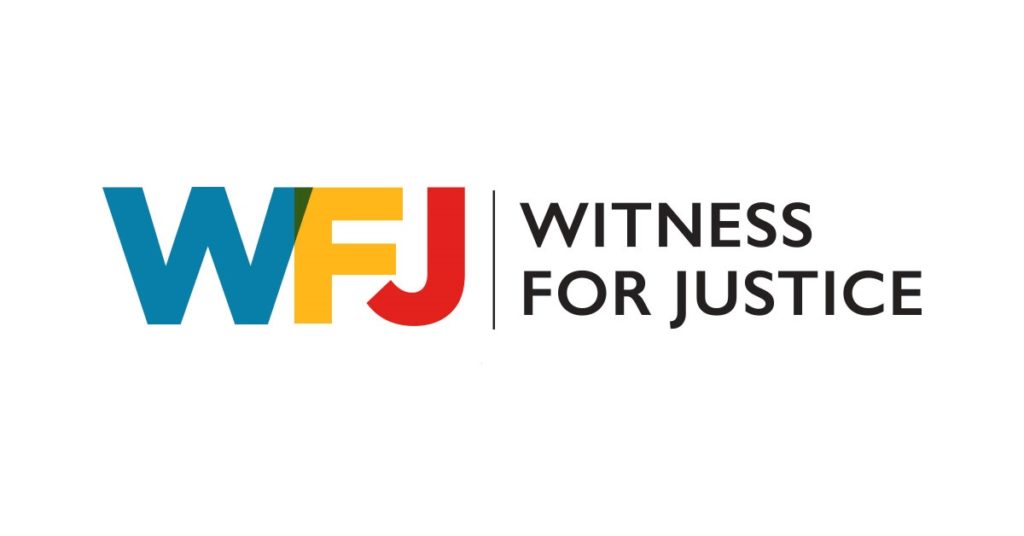Do Mean to Interrupt
My advocacy for criminal justice reform is driven by my 24-year-old cousin, Matthew. He’s the youngest and the most loving of my grandparents’ five grandchildren. He’s incarcerated, serving a ten-year sentence in an Ohio state prison (after three years in juvenile detention) for an assault he participated in as a teenager who had barely started high school. It wasn’t a unique set of circumstances that brought him to where he is today. Matthew—like thousands of people living in communities lacking access to food, housing, healthcare, education, employment, and physical safety—got caught up in a gang because it was the only path he could see for himself at the time. But Matthew is no longer that misguided 14-year-old. He’s older, wiser, repentant, and already serving as a positive influence on his fellow prisoners. I believe Matthew is suited to become a violence interrupter.
What is a violence interrupter? Violence interrupters are outreach workers paid and trained in the public health approach to violence intervention. They are most often formerly incarcerated individuals who have engaged in the violence damaging their community. This lived experience and their standing ties to the neighborhoods they work in lends them credibility and trust. Interrupters detect and intervene in potentially violent conflicts through mediation and de-escalation. Interrupters do more than mediate conflicts. They build relationships with high-risk individuals to steer them away from violence by speaking to them in their language and discussing the costs. Interrupters can also function as caseworkers, connecting the people they work with to support and social services. They also engage and organize the wider community to change norms that promote violence. All these strategies together can stop the spread of violence by providing alternatives to entering the drug trade and preventing retaliation.
Research suggests that programs like Cure Violence are effective in reducing violent incidents like shootings and can serve as a community-based violence intervention alternative to increased policing. These programs are usually nonprofits primarily funded by the Department of Justice’s Office of Juvenile Justice and Delinquency Prevention through the Community-Based Violence Intervention Demonstration Program, but they can also receive funding from local and state governments. However, the potential to expand the use of violence interrupters is limited, because funds usually come out of a larger budget line dedicated to many different anti-violence approaches. The amount of money that goes toward these programs can fluctuate as interest waxes and wanes, which can be an impediment to their effectiveness. Interrupters themselves are at high risk of falling victim to the violence they are trying to prevent, as they enter hotspots unarmed. They require proper training as well as technical and mental health support in carrying out their work, and they also need to earn a living wage. We can cover these costs and expand these programs by advocating that violence interrupters be given their own budget line and dedicated funding in the federal budget.
Violence interruption is a model of violence prevention that embodies God’s ways of restorative justice. It is an approach that does not only offer repair to harmed communities, but also opportunity for the redemption of those who have inflicted harm and their reintegration into the community.
ABOUT THE AUTHOR
Thaddaeus Elliott is the Justice and Peace Fellow for the United Church of Christ.
View this and other columns on the UCC’s Witness for Justice page.
Donate to support Witness for Justice.
Click here to download the bulletin insert.
Related News
Demystifying the Stigma of Mental Illness
Like many others, I come from a family system that placed taboos on speaking publicly about...
Read MoreStaying Grounded in Tumultuous Times
For years I have referred to myself as a peace-loving hippie-type pacifist who believes that...
Read MoreVision and Reality
In 1215, at Runnymede in England, King John signed the Magna Carta. The mythos surrounding...
Read More
